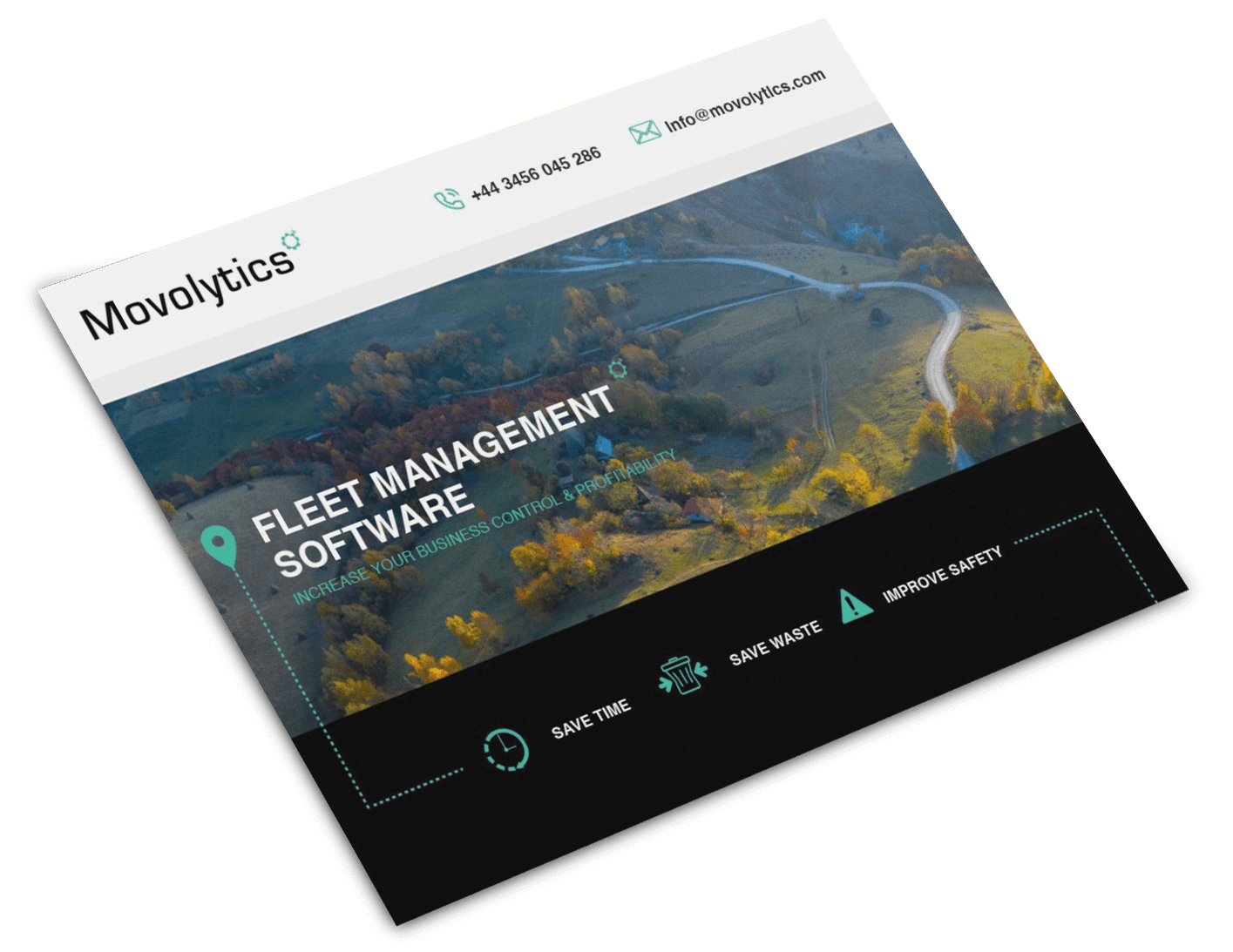
Telematics, a transformative tool, has emerged as a game-changer, but what exactly is it, and how can it empower fleet decision-makers across diverse industries? This in-depth guide delves into the world of telematics, covering its fundamentals, how it operates, and the wide-ranging benefits it offers to fleet managers.
Demystifying Telematics
To embark on this journey, let’s begin with the essence of telematics. The term ‘telematics’ derives from the fusion of ‘telecommunications’ and ‘informatics.’ It represents the seamless integration of communication and data processing technologies. Telematics involves collecting, transmitting, and storing vital information about vehicles and their activities. In simpler terms, it’s the connective tissue that links your fleet, captures data and provides valuable insights into their performance and usage.
The Inner Workings of Telematics
At the heart of telematics lies a dynamic interplay of hardware and software components. Vehicles are equipped with telematics devices that serve as data hubs, capturing an array of critical information. This encompasses GPS location, engine diagnostics, and more. These telematics devices leverage satellite and cellular networks to transmit this data to a central server. Here, the data undergoes processing and is made accessible to fleet managers and business owners through user-friendly interfaces.
Telematics enable you to have a comprehensive overview of your entire fleet. This data serves an array of purposes. In essence, it empowers you with detailed insights that can drive your fleet management decisions.
The Key Components to Know About Telematics:
To appreciate the benefits of telematics, it’s essential to understand its core components:
- GPS Tracking: Global Positioning System (GPS) technology is at the core of telematics. It offers precise location data for each vehicle in your fleet.
- Driver Behaviour Monitoring: Telematics includes driver behaviour monitoring, helping you assess how your drivers operate your vehicles.
- Geofencing: Geofencing is a feature that lets you create virtual boundaries on the map. When a vehicle enters or exits these boundaries, you receive a notification.
Benefits Across Industries
Telematics isn’t a one-size-fits-all solution; its transformative power extends across various industries:
- Logistics and Transportation: Vehicle tracking, route optimisation, and predictive maintenance streamline operations, facilitating efficient deliveries.
- Construction: Construction companies can harness telematics to monitor the location of machinery and equipment.
- Public Transportation: Public transit agencies embrace telematics to monitor bus locations, refine schedules, and more.
- Agriculture: In the agricultural sector, telematics empowers the tracking of farm machinery, fostering effective crop management and resource allocation.
- Service and Maintenance: Telematics contributes significantly to fleet maintenance by providing timely reminders for maintenance. This ensures that vehicles remain in peak condition, mitigating breakdowns and associated costs.
Incorporating Telematics into Decision-Making
Now that we’ve established the importance of telematics in various industries, let’s explore how it enhances decision-making:
- Data-Driven Decisions: Telematics offers accurate data on your fleet’s performance. This data-driven approach empowers decision-makers to make informed choices.
- Reduced Operating Costs: Telematics helps identify areas where costs can be reduced, helping you to reduce costs and save money.
- Compliance and Accountability: Telematics helps ensure compliance with safety regulations and offers transparency in case of disputes or incidents.
- Maintenance: Telematics helps you to keep up-to-date with all your vehicle maintenance.
Incorporating telematics into your fleet management strategy is not merely an option; it’s a strategic imperative. It provides a competitive edge that’s hard to ignore. Telematics is the roadmap to improved fleet management, irrespective of the industry you’re in.
Download our brochure
Take a look at our brochure to find out more
